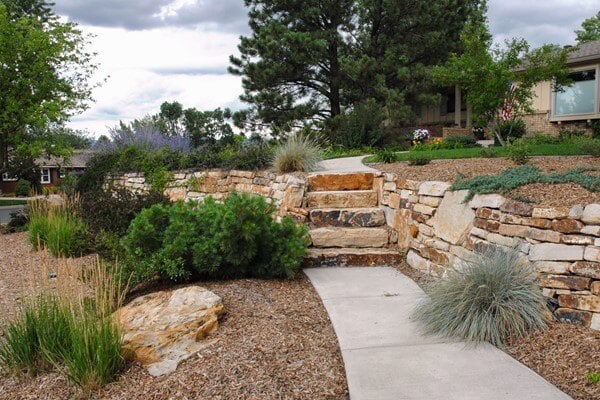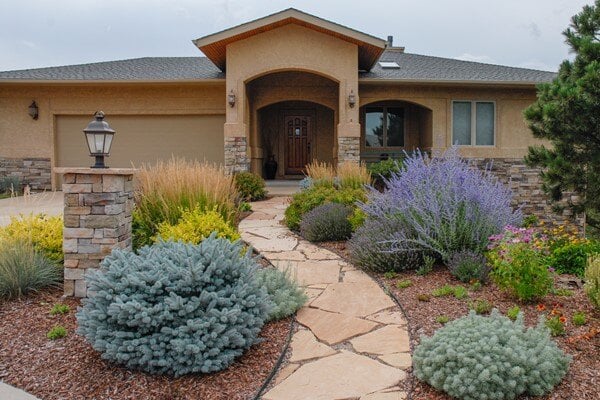Crimson Pygmy Barberry
Crimson pygmy barberry is a small shrub with burgundy leaves. It provides a nice contrasting color when placed next to plants with green or silver foliage.
It is a dense, round shrub with sharply spined stems. The pale yellow flowers, which are hardly noticeable, are small and hidden under the leaves.
The small leaves are reddish purple through the growing season. The red fruit is sparse, and stems and thorns are reddish-brown.
A very low maintenance shrub, it is also resistant to deer browsing.
.jpg)
.jpg)
.jpg)
.jpg)
.jpg)
.jpg)
.jpg)
Crimson Pygmy Barberry
Crimson pygmy barberry is a small shrub with burgundy leaves. It provides a nice contrasting color when placed next to plants with green or silver foliage.
It is a dense, round shrub with sharply spined stems. The pale yellow flowers, which are hardly noticeable, are small and hidden under the leaves.
The small leaves are reddish purple through the growing season. The red fruit is sparse, and stems and thorns are reddish-brown.
A very low maintenance shrub, it is also resistant to deer browsing.
Plant details
Botanic Name
Berberis thunbergii var. atropurpurea 'Crimson Pygmy'
Pronunciation
BUR-bur-is thun-BERJ-ee-eye at-ro-pur-PURR-ee-uh
Mature Height
1 to 2 ft.
Mature Spread
2 to 3 ft.
Water usage
One Droplet: Water twice per month or less, once established.
Two Droplets: Water about once per week, once established.
Three Droplets: Water about twice per week, once established.
Flower Color
yellow (no ornamental value)
Bloom time
late spring
Colorado Native
No
Natural Habitat
species native to Japan
Light Requirements
full sun
Cold Hardiness
USDA zones 4-8
Elevation Limit
hardy to 7,500 ft.
Performance
Several of these shrub have been growing well in the low water zone at the Water Wise Demonstration Garden for many years. The unique color provides a wonderful background for a variety of plants.
Because deer do not browse Crimson Pygmy barberry, it can be a good choice for landscapes in the foothill areas.
Maintenance
Usually doesn't require pruning. Prune out dead branches as needed.
See in a landscape
With higher water using plants like Kentucky bluegrass, it's important to make sure that the ground is level where it's planted to prevent the water from running right off when watered. The stone walls in this yard help make a flat place to plant and add interest and texture to the front yard. Because this yard is so big, much of the grass was removed from where it was not useable, and shrubs and low maintenance perennials were planted instead. Wood chip mulch helps the soil from drying out in the heat of the summer and also helps to prevent weeds from growing around the plants.
Shrubs and grasses can be a great way to landscape for lower maintenance and water savings. Evergreen shrubs in particular need little to no maintenance, and ornamental grasses need to be cut to the ground only once in early spring. This home features shrubs, grasses and a few flowering perennials to add a pop of color to this small front yard. Not only are these plants low maintenance, but they have great fall color and structure during the winter. Because drip irrigation and mulch are used, weeds are less of a problem and this yard may be enjoyed with less weed pulling.


.jpeg)
.jpeg)
.jpeg)
.jpeg)
.jpeg)
.jpeg)
.jpeg)
.jpeg)
.jpeg)
.jpeg)